Technological Innovations
Technological advancements are significantly influencing the Plastic Recycling Equipment Market. Innovations in recycling technologies, such as enhanced sorting systems and improved processing methods, are making recycling more efficient and cost-effective. For example, the introduction of AI-driven sorting technologies has the potential to increase the purity of recycled materials, thereby enhancing their market value. Furthermore, advancements in machinery design are enabling higher throughput rates, which is essential for meeting the growing demand for recycled plastics. As these technologies continue to evolve, they are expected to attract investments and drive growth within the market, as companies seek to upgrade their equipment to remain competitive.
Increasing Environmental Awareness
The rising awareness regarding environmental issues is a primary driver for the Plastic Recycling Equipment Market. As consumers and businesses alike become more conscious of their ecological footprint, the demand for effective recycling solutions intensifies. This trend is reflected in the increasing number of initiatives aimed at reducing plastic waste, which in turn propels the need for advanced recycling equipment. According to recent data, the plastic recycling rate has seen a gradual increase, suggesting a shift in public perception towards sustainability. Consequently, manufacturers of plastic recycling equipment are likely to benefit from this heightened focus on environmental responsibility, as they innovate and adapt their technologies to meet the evolving needs of the market.
Government Regulations and Policies
Government regulations play a crucial role in shaping the Plastic Recycling Equipment Market. Many countries are implementing stringent policies aimed at reducing plastic waste and promoting recycling. These regulations often mandate higher recycling rates and the use of recycled materials in production processes. For instance, some regions have set ambitious targets for plastic waste reduction, which necessitates the adoption of advanced recycling technologies. This regulatory landscape not only encourages investment in recycling infrastructure but also drives innovation in equipment design and efficiency. As a result, companies operating in the plastic recycling equipment sector are likely to experience increased demand for their products, aligning with governmental objectives for sustainability.
Rising Demand for Recycled Plastics
The increasing demand for recycled plastics is a significant driver for the Plastic Recycling Equipment Market. As industries seek to incorporate sustainable materials into their production processes, the need for high-quality recycled plastics is on the rise. This trend is particularly evident in sectors such as packaging, automotive, and construction, where companies are actively pursuing circular economy practices. Data indicates that the market for recycled plastics is projected to grow substantially, which in turn fuels the demand for efficient recycling equipment. Manufacturers of plastic recycling machinery are thus positioned to capitalize on this trend, as they provide the necessary tools to meet the burgeoning demand for recycled materials.
Investment in Recycling Infrastructure
Investment in recycling infrastructure is a pivotal driver for the Plastic Recycling Equipment Market. As awareness of plastic pollution grows, both public and private sectors are channeling funds into developing robust recycling systems. This influx of capital is aimed at enhancing the efficiency and capacity of recycling facilities, which directly impacts the demand for advanced recycling equipment. Recent reports suggest that investments in recycling technologies are expected to rise, driven by the need for sustainable waste management solutions. Consequently, this trend not only supports the growth of the plastic recycling equipment market but also fosters innovation as companies strive to develop cutting-edge solutions to meet the increasing demands of the industry.


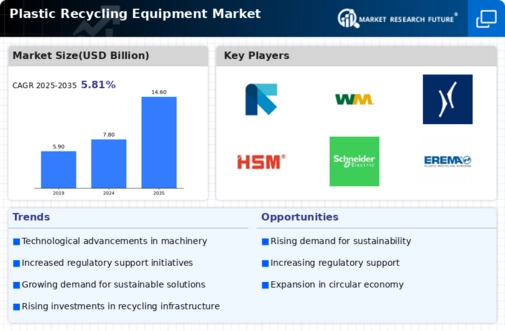

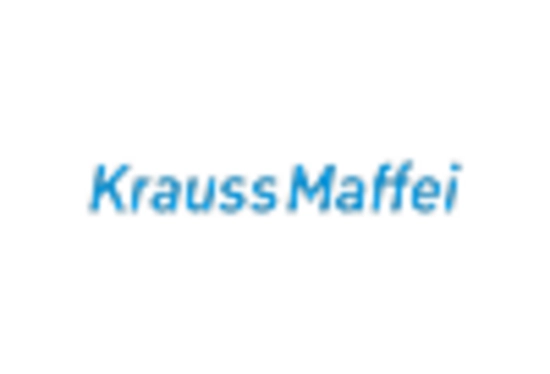
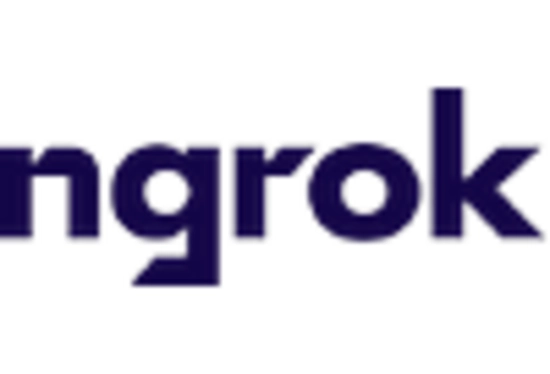
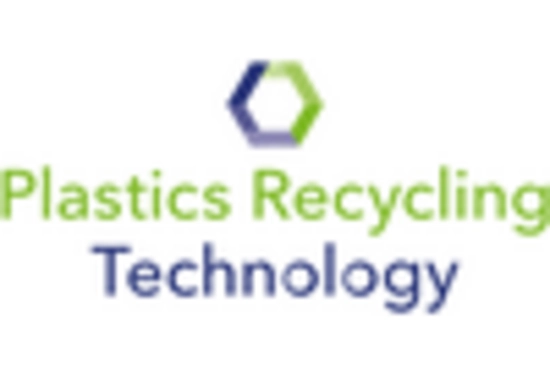
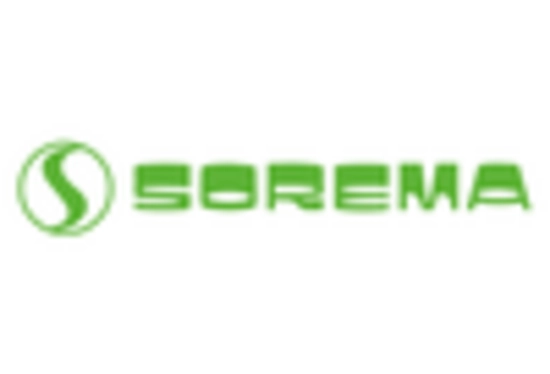
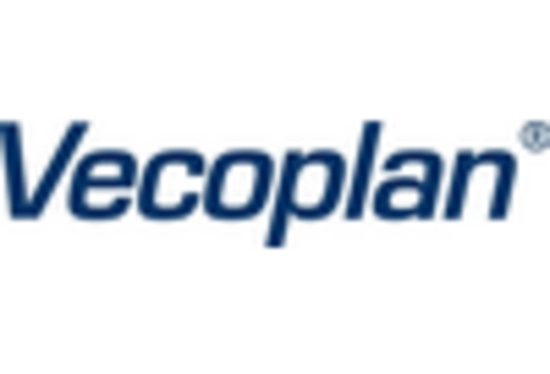








Leave a Comment